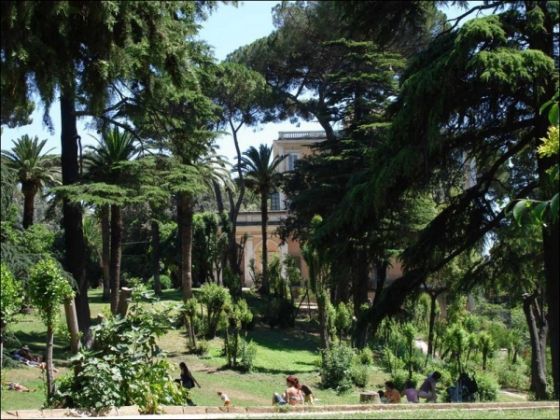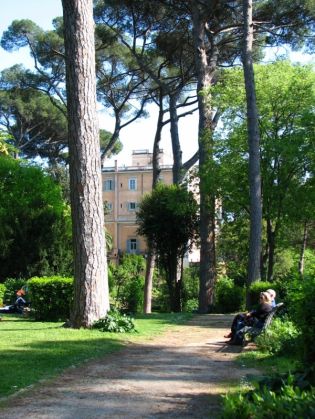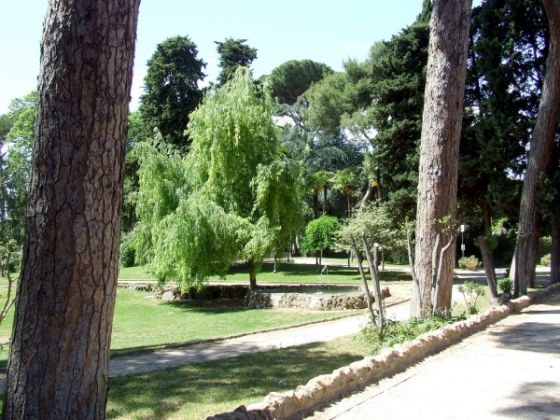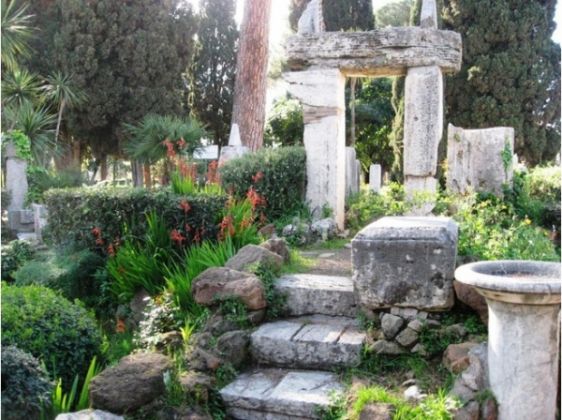The Villa Celimontana park on the Coelian hill is to undergo a €1 million restoration programme, according to Rome daily newspaper Il Messaggero.
The works are due for completion at the beginning of October and the funds will come from the capital's environment department.
The city's plan is to return the popular gardens to their 16th-century glory, basing its restoration project on the original flowerbed designs together with advice from today's experts.
In addition to the planting of new trees and shrubs, the park will receive a new irrigation system, information signs and benches, and the playground area will be expanded. The park and its two entrances on Via della Navicella and Piazza SS. Giovanni e Paolo will remain open for the duration of the works.
Situated between the Colosseum and the Baths of Caracalla, the 100,000-sqm oasis is home to rare species of plants, 16-century fountains, a neogothic temple and the Egyptian obelisk of Rameses II which, according to legend, holds the ashes of Emperor Augustus.
During the mediaeval and Renaissance period, the land on which Villa Celimontana stands was used for the cultivation of vegetables and vineyards. The property was bought by Giacomo Mattei in 1553, for a thousand gold coins, and in 1580 it was transformed into a villa by the Mattei family.
Designed by Giacomo Del Duca, a student of Michelangelo, the villa was much adapted and expanded over the years. It changed hands many times and by the late 19th-century it was in possession of the Bavarian baron Richard Hoffman.
During world war one Italy confiscated the villa and since 1926 it has been the home of the Italian Geographical Society.


























